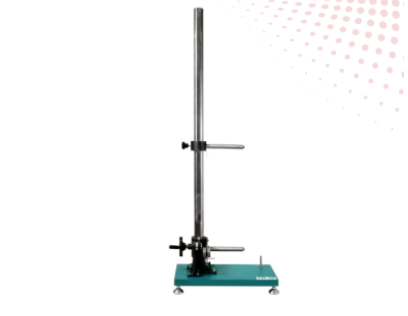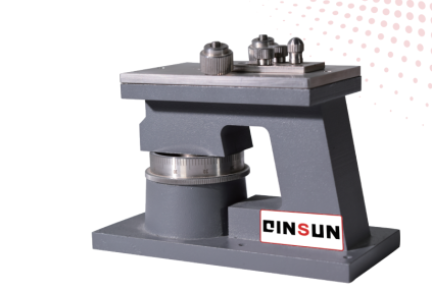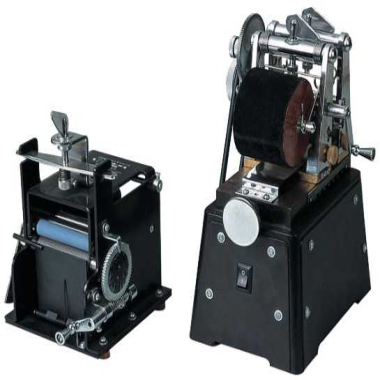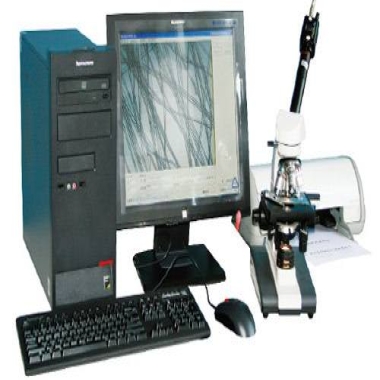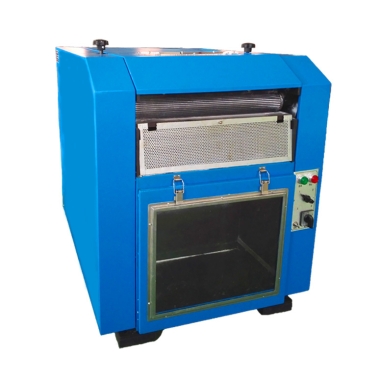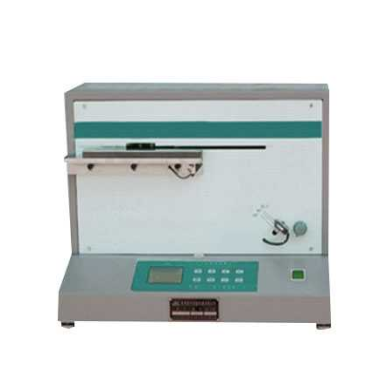Shoe Sole Slip Resistance Tester
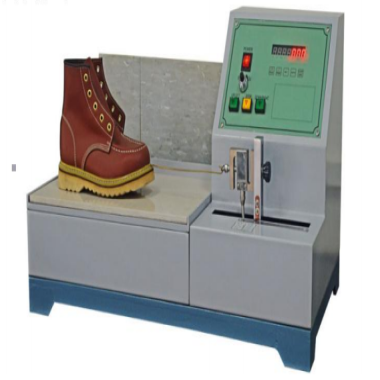
1. Product Introduction & Applications
The Shoe Sole Slip Resistance Tester is designed to measure the static anti-slip performance of footwear soles, heels, and similar materials. It quantifies the force required to initiate slip, providing objective data on safety and traction.
Applications:
Quality control of footwear materials to ensure slip resistance.
R&D for developing safer, non-slip shoes.
Testing of soles, heels, or other shoe components under standardized conditions.
Ensuring compliance with occupational safety and footwear performance standards.
Working Principle:
A weighted test foot (sled) with the test material is placed on a standardized surface. The tester applies a controlled horizontal pulling force, and the static coefficient of friction (SCOF) is calculated as the ratio of the horizontal force to the normal weight of the test foot.
2. Conformity Standards
The tester is designed to comply with:
ASTM F609 — Standard Test Method for Flat Pull Slides (HPS) for static anti-slip performance of footwear materials.
Compliance ensures repeatable, accurate, and comparable results across different labs and footwear samples.
3. Technical Parameters
| Parameter | Specification |
|---|---|
| Weighted Test Foot | 2.7 kg |
| Test Speed | 0–200 mm/min (adjustable) |
| Test Contact Size | 16 mm |
| Measurement Accuracy | ±1% |
| Machine Dimensions (W×D×H) | 76 × 42 × 39 cm |
| Machine Weight | 65 kg |
| Power Supply | AC 220 V, 10 A |
Key Features:
Weighted test foot or sled designed for consistent contact with the test surface.
Controlled horizontal pulling mechanism to initiate slip.
Accurate force measurement at the exact moment the test foot begins to slide.
Calculates SCOF automatically for objective evaluation.
Adjustable pulling speed for compliance with testing standards.
Digital display for real-time results and test parameters.
Robust construction for laboratory or quality control environments.
4. FAQ
Q1: What materials can be tested?
A1: Soles, heels, and other footwear components where static slip resistance is critical.
Q2: How is slip resistance quantified?
A2: By measuring the horizontal force required to initiate sliding and calculating the static coefficient of friction (SCOF).
Q3: Can the test speed be adjusted?
A3: Yes, from 0 to 200 mm/min to comply with different test protocols.
Q4: Is this tester suitable for laboratory and QC use?
A4: Yes, it features precise measurements, a digital display, and a robust design for repeated testing in professional settings.
Q5: Which standard does it follow?
A5: ASTM F609 for Flat Pull Slides (HPS), ensuring standardized, comparable results.
Leave Message Get Price



